Your cart is currently empty!
Tag: Centers

Building a Sustainable Future: The Role of Data Centers in Environmental Conservation
Data centers play a crucial role in our modern society, as they are the backbone of the digital world we live in. From storing and processing data to hosting websites and applications, data centers are essential for our everyday lives. However, with the increasing demand for digital services, data centers are also becoming a significant source of energy consumption and environmental impact.As concerns about climate change and environmental conservation continue to grow, it is essential for data centers to play a role in building a sustainable future. By adopting green technologies and practices, data centers can significantly reduce their carbon footprint and contribute to environmental conservation efforts.
One of the most significant ways data centers can become more sustainable is by optimizing their energy efficiency. Data centers consume a large amount of electricity to power servers and cooling systems, leading to high energy bills and carbon emissions. By implementing energy-efficient technologies such as virtualization, proper airflow management, and energy-efficient cooling systems, data centers can reduce their energy consumption and environmental impact.
In addition to energy efficiency, data centers can also utilize renewable energy sources to power their operations. Solar, wind, and hydroelectric power are all viable options for data centers looking to reduce their reliance on fossil fuels and lower their carbon footprint. By investing in renewable energy sources, data centers can not only reduce their environmental impact but also contribute to the growth of the green energy sector.
Furthermore, data centers can also implement water conservation practices to reduce their water usage and minimize their impact on local water resources. By using recycled water for cooling systems, implementing rainwater harvesting systems, and reducing water waste through efficient cooling technologies, data centers can significantly reduce their water footprint and contribute to environmental conservation efforts.
Moreover, data centers can also play a role in promoting sustainability through responsible waste management practices. By recycling and reusing electronic waste, decommissioned servers, and other equipment, data centers can minimize their impact on landfills and reduce their environmental footprint. Additionally, data centers can partner with responsible e-waste recycling companies to ensure that their waste is properly disposed of and recycled.
Overall, data centers have a crucial role to play in building a sustainable future. By implementing energy-efficient technologies, utilizing renewable energy sources, conserving water, and practicing responsible waste management, data centers can significantly reduce their environmental impact and contribute to environmental conservation efforts. It is essential for data centers to prioritize sustainability and embrace green technologies to ensure a greener and more sustainable future for all.
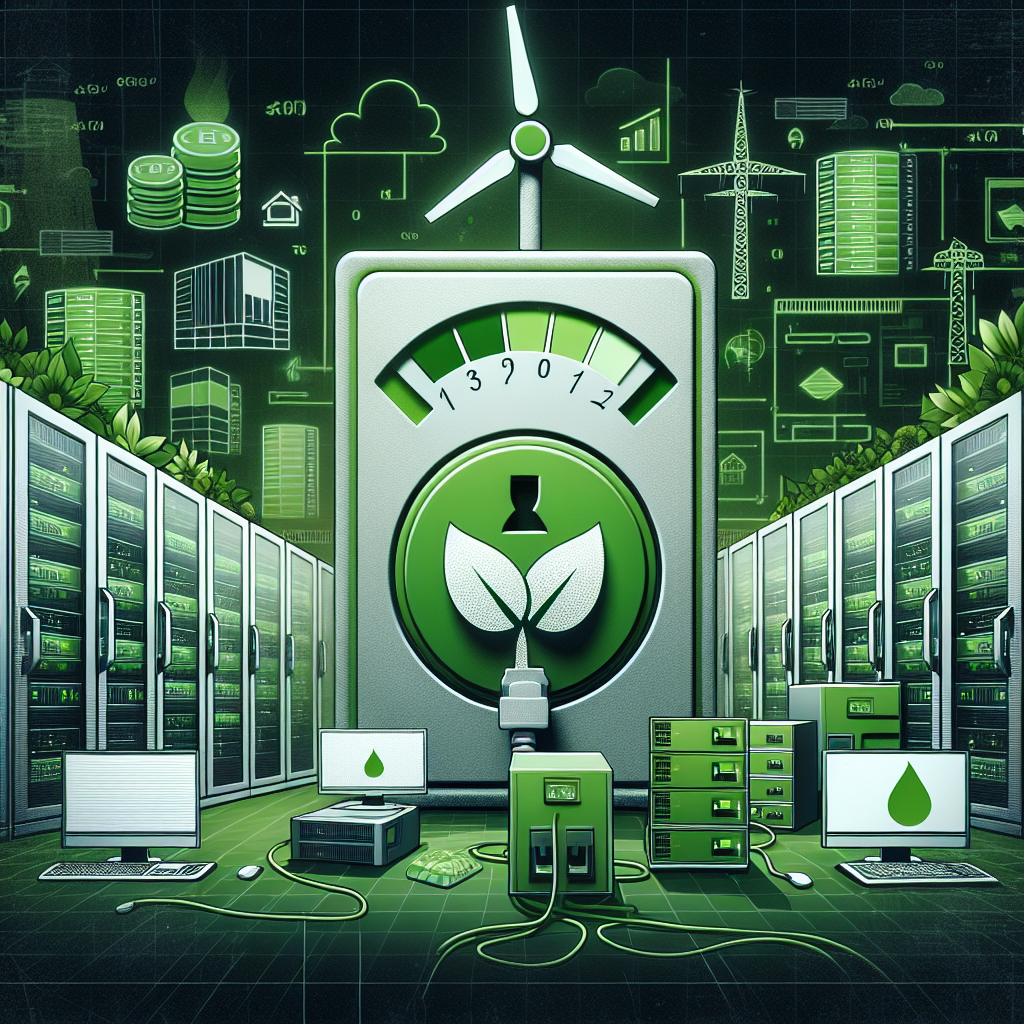
The Importance of Green Computing: How Data Centers Can Reduce Energy Consumption
In recent years, there has been a growing awareness of the importance of green computing and its potential to reduce energy consumption in data centers. As the demand for digital services continues to grow, so too does the need for energy to power the servers and infrastructure that support them. This has led to a significant increase in the carbon footprint of data centers, making them a major contributor to greenhouse gas emissions.The good news is that there are many ways in which data centers can reduce their energy consumption and become more environmentally friendly. By implementing green computing practices, data centers can not only reduce their impact on the environment but also save money on energy bills. Here are some of the key strategies that data centers can use to reduce energy consumption:
1. Virtualization: Virtualization is a technology that allows multiple virtual servers to run on a single physical server, thereby reducing the number of physical servers needed to support a given workload. This can lead to significant energy savings, as fewer servers mean less power consumption and cooling requirements.
2. Energy-efficient hardware: Data centers can also reduce energy consumption by using energy-efficient hardware, such as servers, storage devices, and networking equipment. By choosing energy-efficient components, data centers can significantly reduce their overall energy usage.
3. Renewable energy sources: Another way data centers can reduce their carbon footprint is by using renewable energy sources, such as solar or wind power, to supplement or replace traditional fossil fuel-based energy sources. By investing in renewable energy, data centers can reduce their reliance on non-renewable energy sources and lower their overall carbon emissions.
4. Energy-efficient cooling systems: Cooling is a major source of energy consumption in data centers, as servers generate a significant amount of heat. By implementing energy-efficient cooling systems, such as hot aisle/cold aisle containment or free cooling, data centers can reduce their cooling costs and energy consumption.
5. Data center design: The design of a data center can also have a significant impact on energy consumption. By optimizing the layout of servers, storage devices, and cooling systems, data centers can minimize energy waste and improve overall efficiency.
Overall, the importance of green computing in data centers cannot be overstated. By implementing energy-saving practices, data centers can reduce their environmental impact, lower their operating costs, and contribute to a more sustainable future. As the demand for digital services continues to grow, it is crucial that data centers prioritize energy efficiency and sustainability in order to minimize their carbon footprint and help combat climate change.
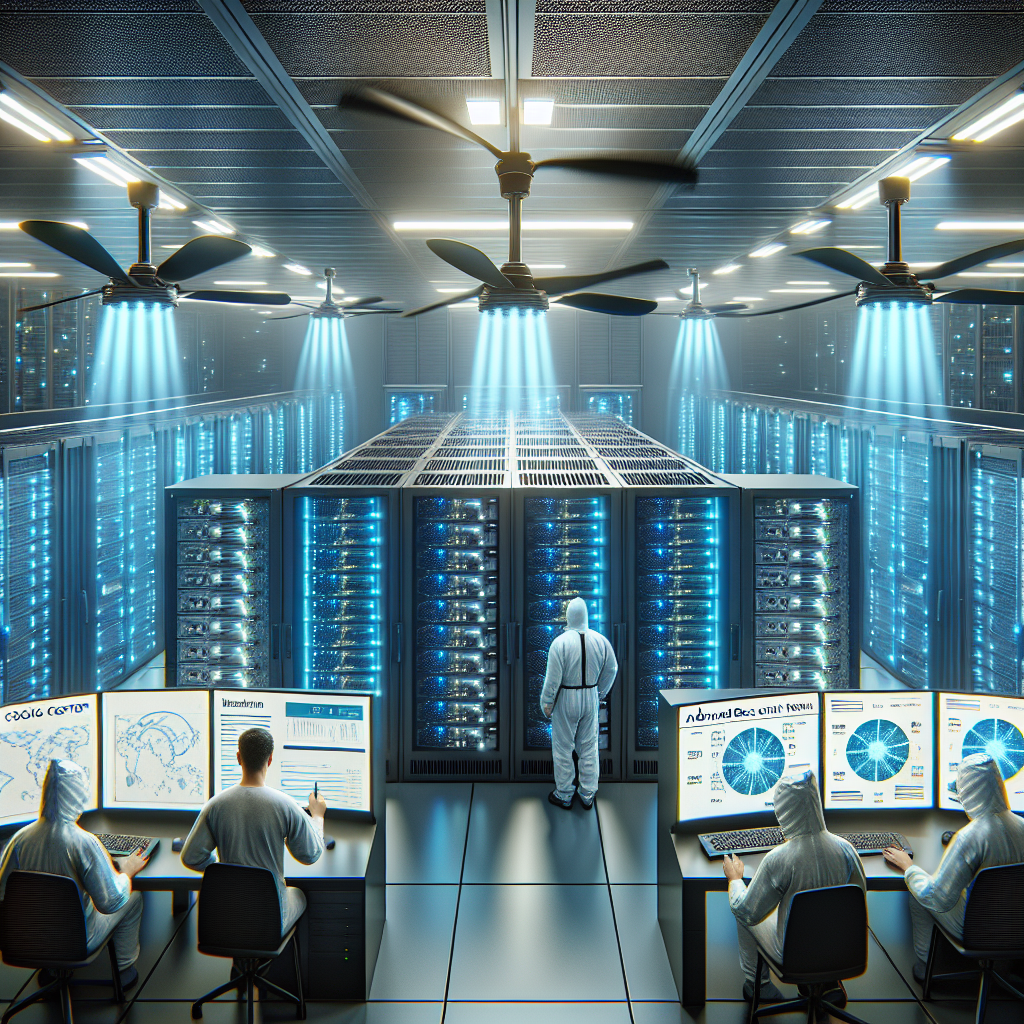
Cooling Strategies for Data Centers: Tips and Tricks
Data centers are critical components of today’s digital world, housing the servers and equipment that power everything from social media platforms to online shopping websites. With the increasing demand for data processing and storage, data centers are becoming larger and more complex, leading to higher temperatures and energy consumption. Cooling strategies are essential to ensure that data centers operate efficiently and reliably. Here are some tips and tricks for effective cooling in data centers.1. Hot and Cold Aisle Containment: One of the most effective ways to improve cooling efficiency in a data center is to implement hot and cold aisle containment. By segregating hot and cold air streams, you can prevent hot air from mixing with cold air, reducing the workload on cooling systems. This design also helps to optimize airflow and temperature distribution, improving overall cooling effectiveness.
2. Cold Air Distribution: Proper airflow management is crucial for maintaining optimal temperatures in a data center. Make sure that cold air is distributed evenly throughout the facility to prevent hot spots and ensure that equipment remains within the recommended temperature range. Use perforated floor tiles, overhead ducts, and blanking panels to guide cold air to where it is needed most.
3. Utilize Economizers: Data centers consume a significant amount of energy for cooling purposes, leading to high operational costs and environmental impact. Economizers are cooling systems that use outdoor air to cool data center equipment, reducing the need for mechanical cooling. By taking advantage of free cooling when outdoor temperatures are lower, you can save on energy costs and reduce carbon emissions.
4. Optimize Cooling Systems: Regular maintenance and optimization of cooling systems are essential for maximizing efficiency and performance. Ensure that cooling units are clean and free of debris, check for leaks in the refrigerant lines, and calibrate temperature sensors regularly. Implementing a proactive maintenance schedule can help identify and address potential issues before they affect data center operations.
5. Consider Liquid Cooling: Liquid cooling is an emerging technology that offers a more efficient and cost-effective solution for cooling high-density data center equipment. Liquid cooling systems use water or other fluids to remove heat directly from the servers, offering better thermal performance and energy efficiency compared to traditional air cooling methods. While liquid cooling requires careful planning and design, it can significantly reduce cooling costs and improve overall data center efficiency.
In conclusion, effective cooling strategies are essential for maintaining optimal temperatures and maximizing efficiency in data centers. By implementing hot and cold aisle containment, optimizing airflow distribution, utilizing economizers, and considering liquid cooling options, data center operators can reduce energy consumption, lower operational costs, and improve overall performance. With careful planning and implementation of cooling strategies, data centers can operate more efficiently and reliably in today’s increasingly demanding digital landscape.
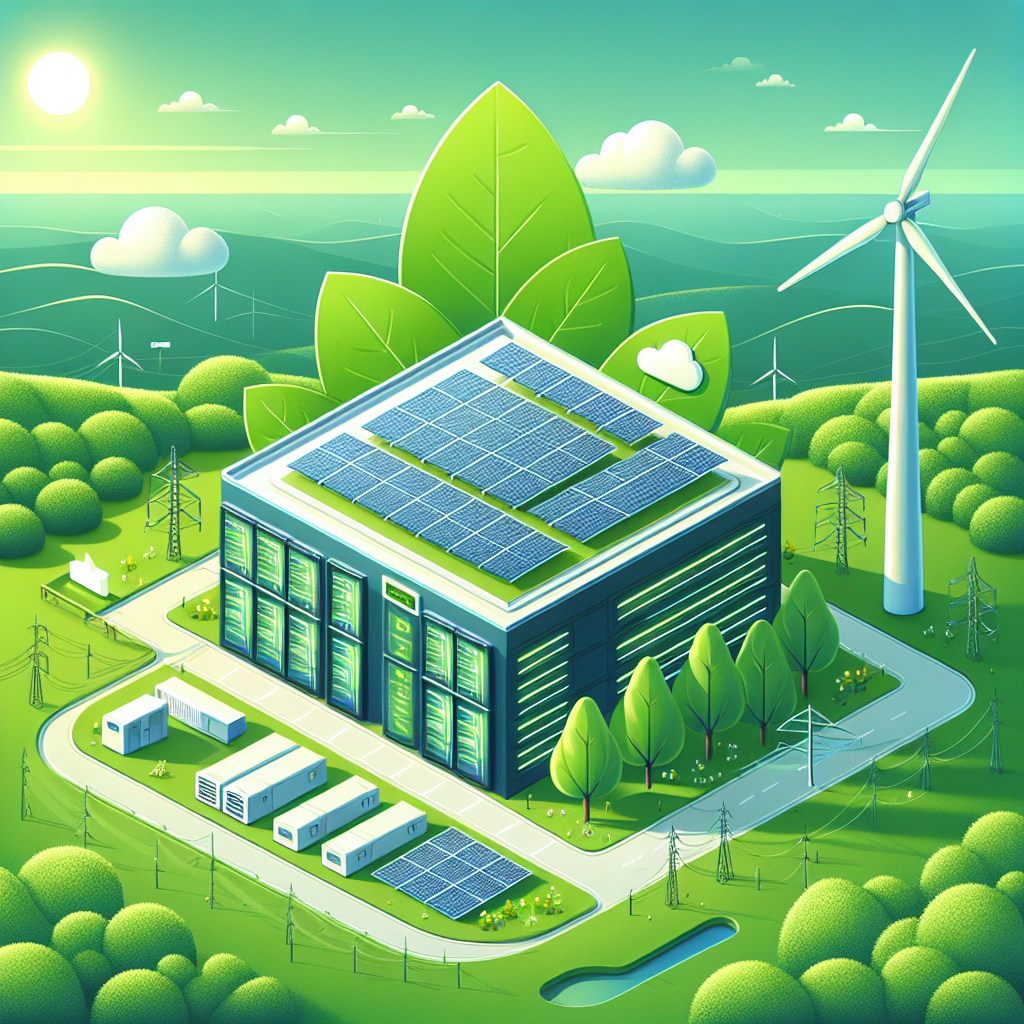
The Green Revolution: How Data Centers are Leading the Charge in Sustainability
The Green Revolution: How Data Centers are Leading the Charge in SustainabilityIn today’s digital age, data centers play a crucial role in powering our online world. These facilities house the servers and infrastructure that store and process the vast amounts of data we generate every day. However, as the demand for data storage and processing continues to grow, so too does the environmental impact of these data centers.
Fortunately, many data centers are leading the charge in sustainability by implementing innovative green technologies and practices. These efforts are not only reducing the carbon footprint of data centers but also setting a new standard for environmentally responsible business practices.
One of the key ways data centers are becoming more sustainable is by increasing energy efficiency. Data centers are notorious for their high energy consumption, but by investing in energy-efficient cooling systems, server hardware, and power distribution, data centers can significantly reduce their energy usage and lower their carbon emissions.
In addition to energy efficiency, data centers are also exploring renewable energy sources such as solar, wind, and hydro power. By harnessing these clean energy sources, data centers can further reduce their reliance on fossil fuels and decrease their environmental impact.
Furthermore, data centers are also implementing water-saving technologies to reduce their water usage. Water is a critical resource, and data centers are finding ways to recycle and reuse water for cooling systems and other processes, reducing their overall water consumption.
Beyond energy and water conservation, data centers are also focusing on waste reduction and recycling. By implementing recycling programs for electronic waste and other materials, data centers are minimizing their environmental footprint and diverting waste from landfills.
Overall, the green revolution in data centers is not only beneficial for the environment but also for businesses and consumers. Sustainable data centers can lower operating costs, improve efficiency, and attract environmentally conscious customers.
As the demand for data storage and processing continues to grow, it is crucial that data centers continue to lead the charge in sustainability. By investing in green technologies and practices, data centers can pave the way for a more sustainable digital future.
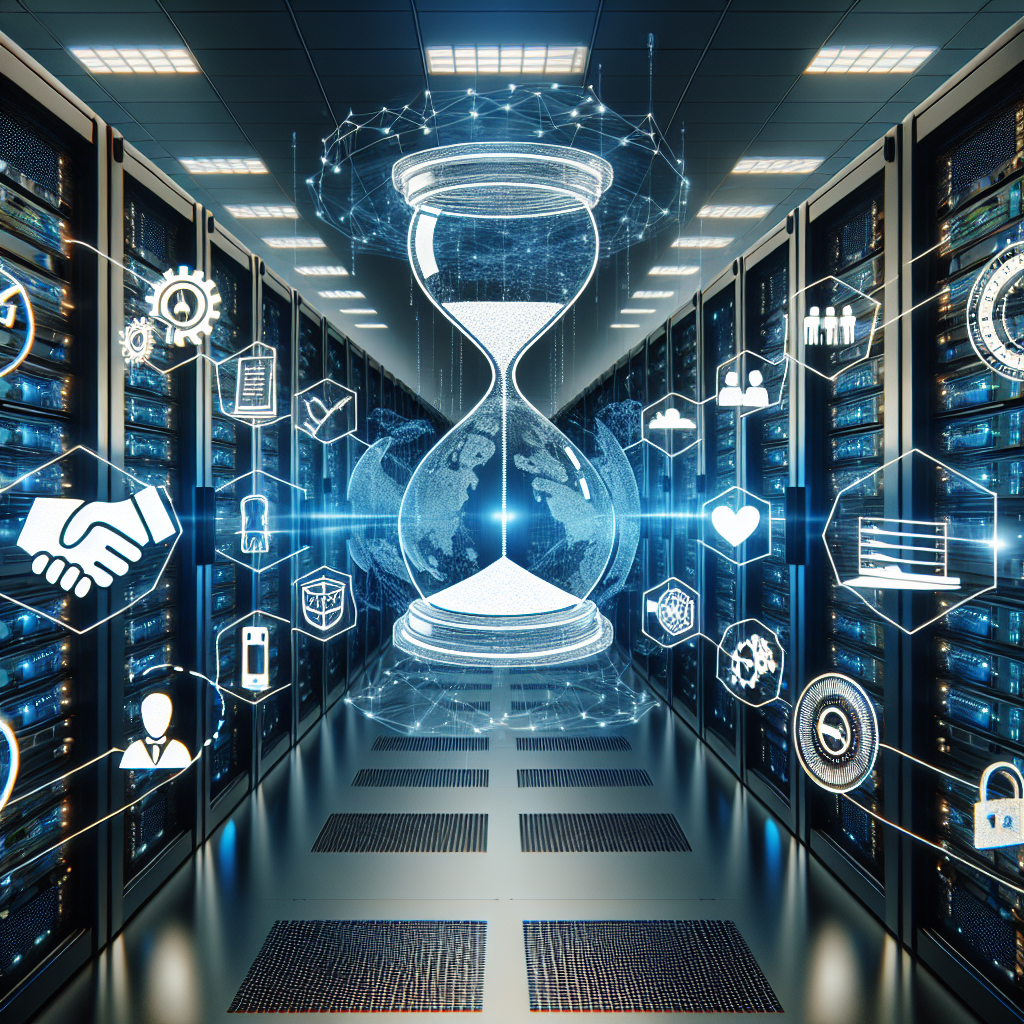
Ensuring Business Continuity in Data Centers: Strategies and Best Practices
In today’s digital age, data centers are the backbone of any organization’s operations. They house critical information, applications, and infrastructure that are essential for the day-to-day functioning of businesses. As such, ensuring business continuity in data centers is paramount to the success and longevity of any organization.Business continuity refers to the ability of an organization to continue operating in the face of disruptions, whether they be natural disasters, cyber attacks, or human error. In the context of data centers, this means implementing strategies and best practices that minimize downtime, ensure data integrity, and maintain operations even in the event of unforeseen events.
One of the key strategies for ensuring business continuity in data centers is implementing a robust disaster recovery plan. This plan should outline procedures for backing up data, restoring systems, and resuming operations in the event of a disaster. Regular testing and updating of the disaster recovery plan is also crucial to ensure its effectiveness when needed.
Another important aspect of business continuity in data centers is redundancy. This involves having backup systems, power sources, and network connections in place to ensure that operations can continue even if one component fails. Redundancy can be costly, but the cost of downtime and lost data far outweighs the initial investment in redundant systems.
Regular maintenance and monitoring of data center infrastructure is also essential for ensuring business continuity. This includes conducting regular inspections, performing software updates, and monitoring system performance to identify potential issues before they escalate into major problems.
In addition to these strategies, data centers should also have a comprehensive security plan in place to protect against cyber threats and unauthorized access. This may include implementing firewalls, encryption, access controls, and regular security audits to ensure the integrity of data and systems.
Overall, ensuring business continuity in data centers requires a proactive approach that includes disaster recovery planning, redundancy, regular maintenance, and robust security measures. By implementing these strategies and best practices, organizations can minimize downtime, protect critical data, and ensure that their operations continue uninterrupted in the face of disruptions.
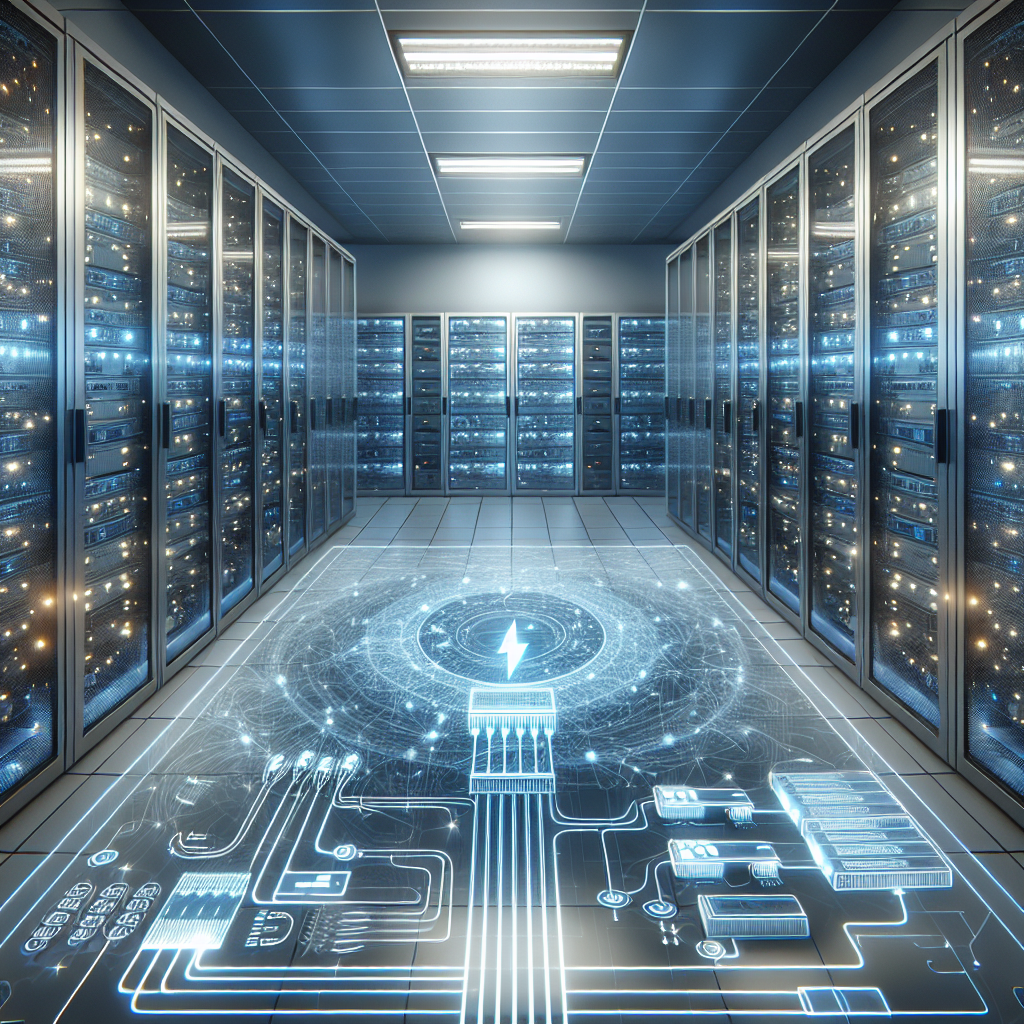
The Importance of Reliable Electrical Systems in Data Centers
Data centers are the backbone of the digital world, housing the servers and infrastructure that power everything from social media platforms to online shopping websites. With the increasing reliance on digital services, the importance of reliable electrical systems in data centers cannot be overstated.One of the primary functions of a data center is to ensure that the servers and equipment housed within are constantly powered and operational. Any interruption in power supply can lead to downtime, which can have serious consequences for businesses and their customers. Downtime can result in lost revenue, decreased productivity, and damage to a company’s reputation.
To prevent downtime, data centers must have reliable electrical systems in place. This includes backup power systems such as uninterruptible power supplies (UPS) and generators to ensure continuous power supply in the event of a grid outage. These systems are crucial for maintaining uptime and ensuring that critical data and services are always accessible.
Furthermore, reliable electrical systems in data centers are essential for ensuring the safety and security of the equipment and the data stored within. Electrical failures can pose fire hazards and cause damage to expensive hardware, resulting in costly repairs and potential data loss. By investing in reliable electrical systems, data center operators can mitigate these risks and protect their assets.
In addition to uptime and safety, reliable electrical systems are also crucial for energy efficiency. Data centers are notorious for their high energy consumption, and inefficient electrical systems can lead to unnecessary waste and increased operating costs. By implementing reliable electrical systems that are designed for optimal performance, data centers can reduce their energy footprint and lower their operational expenses.
Overall, the importance of reliable electrical systems in data centers cannot be understated. From ensuring uptime and data security to improving energy efficiency, reliable electrical systems are essential for the smooth operation of data centers and the services they provide. By investing in high-quality electrical systems and maintenance practices, data center operators can ensure that their facilities remain operational and reliable in the face of any challenges.
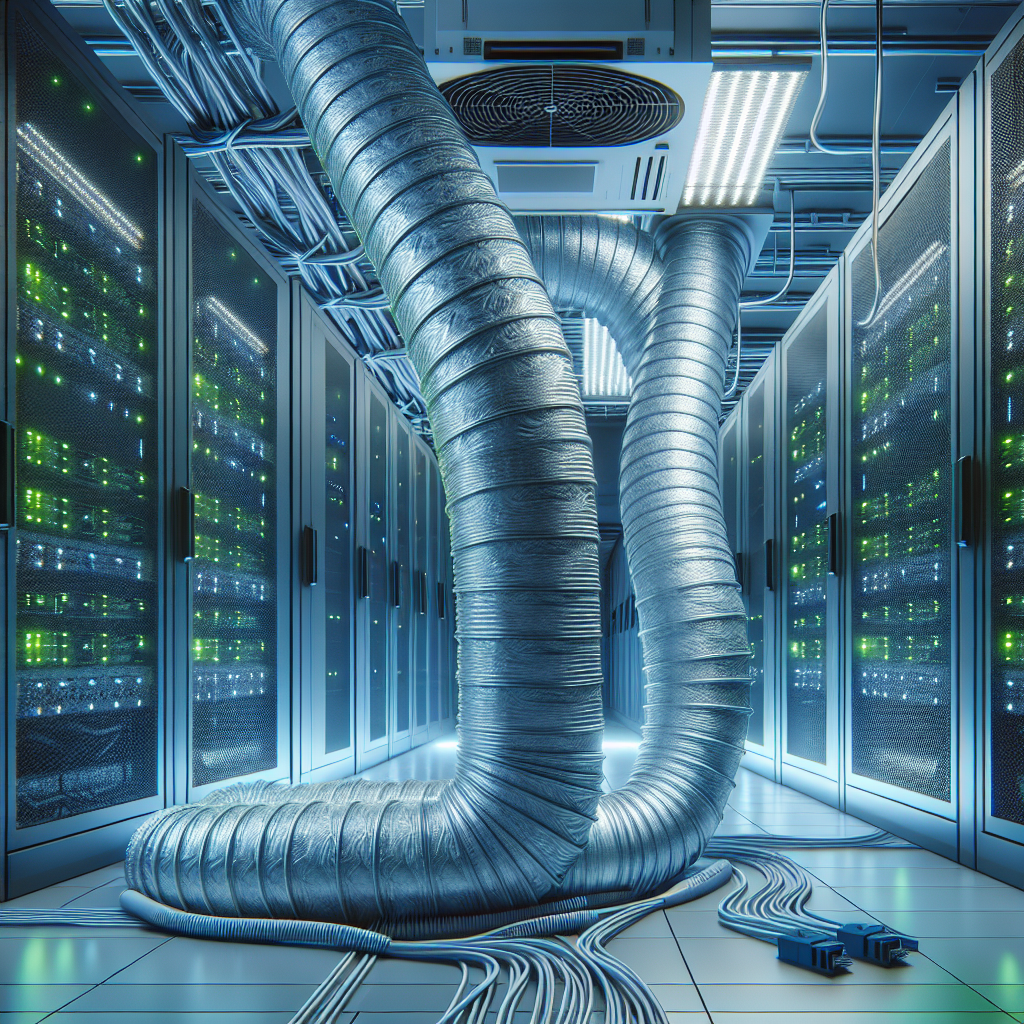
The Importance of Proper HVAC Systems in Data Centers
Data centers are an essential component of the modern digital world, serving as the backbone for storing, processing, and transmitting vast amounts of information. With the increasing reliance on technology and data-driven decision-making, the importance of maintaining proper HVAC systems in data centers cannot be overstated.HVAC, which stands for heating, ventilation, and air conditioning, plays a critical role in ensuring the optimal performance and longevity of data center equipment. These systems are responsible for regulating temperature, humidity, and air quality, all of which are essential for keeping servers, networking devices, and other critical infrastructure running smoothly.
One of the primary reasons why proper HVAC systems are crucial in data centers is temperature control. Data centers generate a significant amount of heat due to the constant operation of servers and other equipment. If the temperature in a data center rises beyond a certain threshold, it can lead to overheating, equipment failure, and potential data loss. By maintaining a consistent and controlled temperature, HVAC systems help prevent these issues and ensure the reliable operation of data center equipment.
In addition to temperature control, humidity levels also play a key role in the performance of data center equipment. High humidity can lead to condensation, which can cause electrical shorts and corrosion, while low humidity can result in static electricity buildup, which can damage sensitive components. Proper HVAC systems help regulate humidity levels within the optimal range, protecting equipment from these potential risks.
Furthermore, air quality is another important factor that HVAC systems address in data centers. Dust, debris, and other contaminants can accumulate in data center equipment, leading to reduced performance and potential damage. By filtering and circulating clean air, HVAC systems help maintain a clean and healthy environment for data center equipment to operate in.
Overall, proper HVAC systems are essential for ensuring the reliability, efficiency, and longevity of data center equipment. Investing in high-quality HVAC systems and regular maintenance can help prevent costly downtime, equipment failures, and data loss, ultimately supporting the seamless operation of data centers and the critical services they provide to businesses and individuals alike.
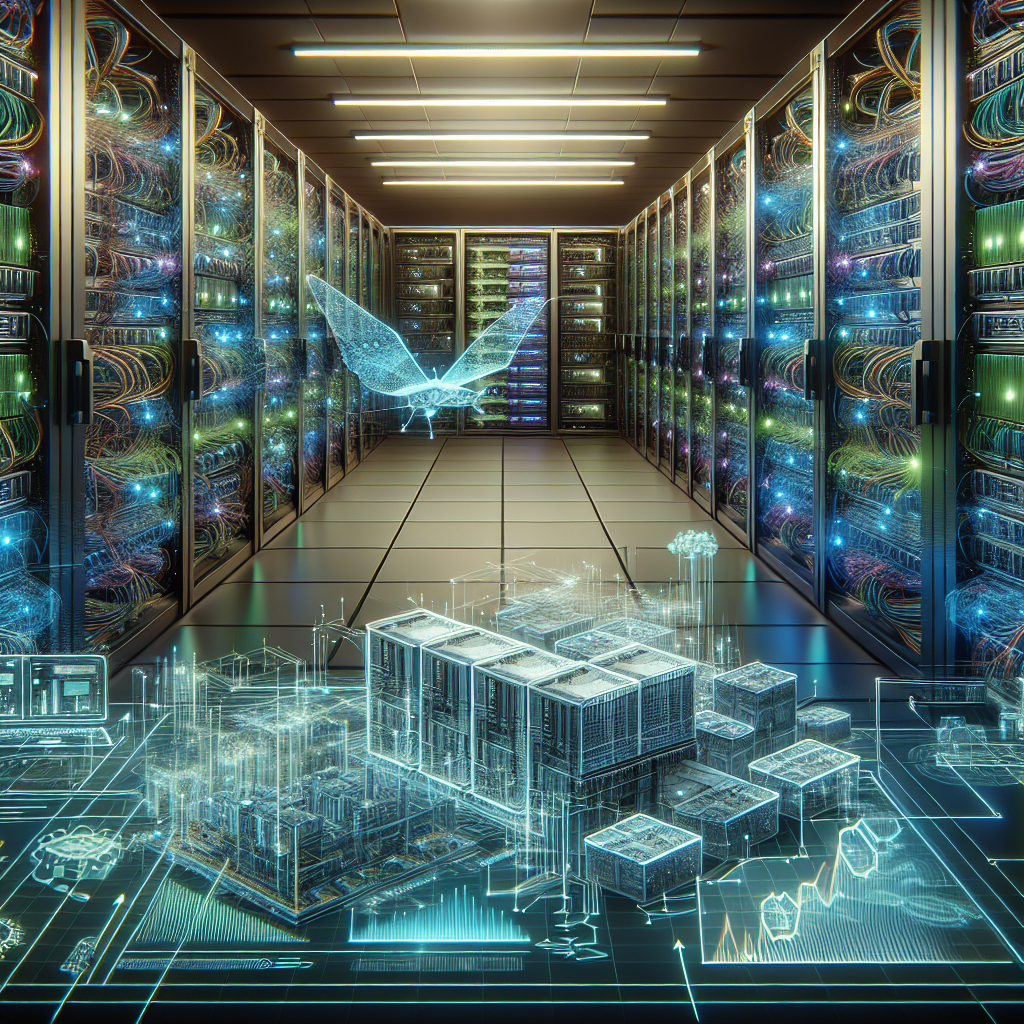
The Future of Data Centers: Implementing Predictive Maintenance Strategies
As technology continues to advance at a rapid pace, the future of data centers is becoming increasingly complex and challenging. With the growing demand for data storage and processing power, data centers are under pressure to deliver high levels of performance and reliability. One way that data centers are looking to meet these demands is through the implementation of predictive maintenance strategies.Predictive maintenance involves using data and analytics to predict when equipment is likely to fail so that maintenance can be performed proactively, rather than reactively. By monitoring the condition of equipment in real-time, data centers can identify potential issues before they cause a failure, leading to improved uptime and reduced maintenance costs.
One of the key technologies driving predictive maintenance in data centers is the Internet of Things (IoT). By connecting equipment and sensors to a central monitoring system, data centers can collect and analyze vast amounts of data in real-time. This data can be used to detect patterns and trends that indicate when equipment is likely to fail, allowing maintenance teams to take action before a critical failure occurs.
In addition to IoT, artificial intelligence (AI) and machine learning are also playing a crucial role in predictive maintenance strategies. AI algorithms can analyze complex data sets and identify patterns that may not be apparent to human operators. Machine learning algorithms can also continuously improve their predictive capabilities over time, leading to more accurate and reliable maintenance predictions.
Implementing predictive maintenance strategies in data centers can bring a number of benefits. By proactively addressing maintenance issues, data centers can reduce downtime and improve operational efficiency. Predictive maintenance can also extend the lifespan of equipment, reducing the need for costly replacements.
However, implementing predictive maintenance strategies is not without its challenges. Data centers must invest in the necessary sensors, monitoring systems, and analytics tools to collect and analyze the data needed for predictive maintenance. They must also ensure that their maintenance teams are trained to interpret and act on the insights provided by predictive maintenance systems.
Despite these challenges, the future of data centers lies in the adoption of predictive maintenance strategies. By harnessing the power of IoT, AI, and machine learning, data centers can achieve higher levels of performance and reliability, while reducing maintenance costs and downtime. As technology continues to evolve, data centers that embrace predictive maintenance will be better positioned to meet the growing demands of the digital age.
